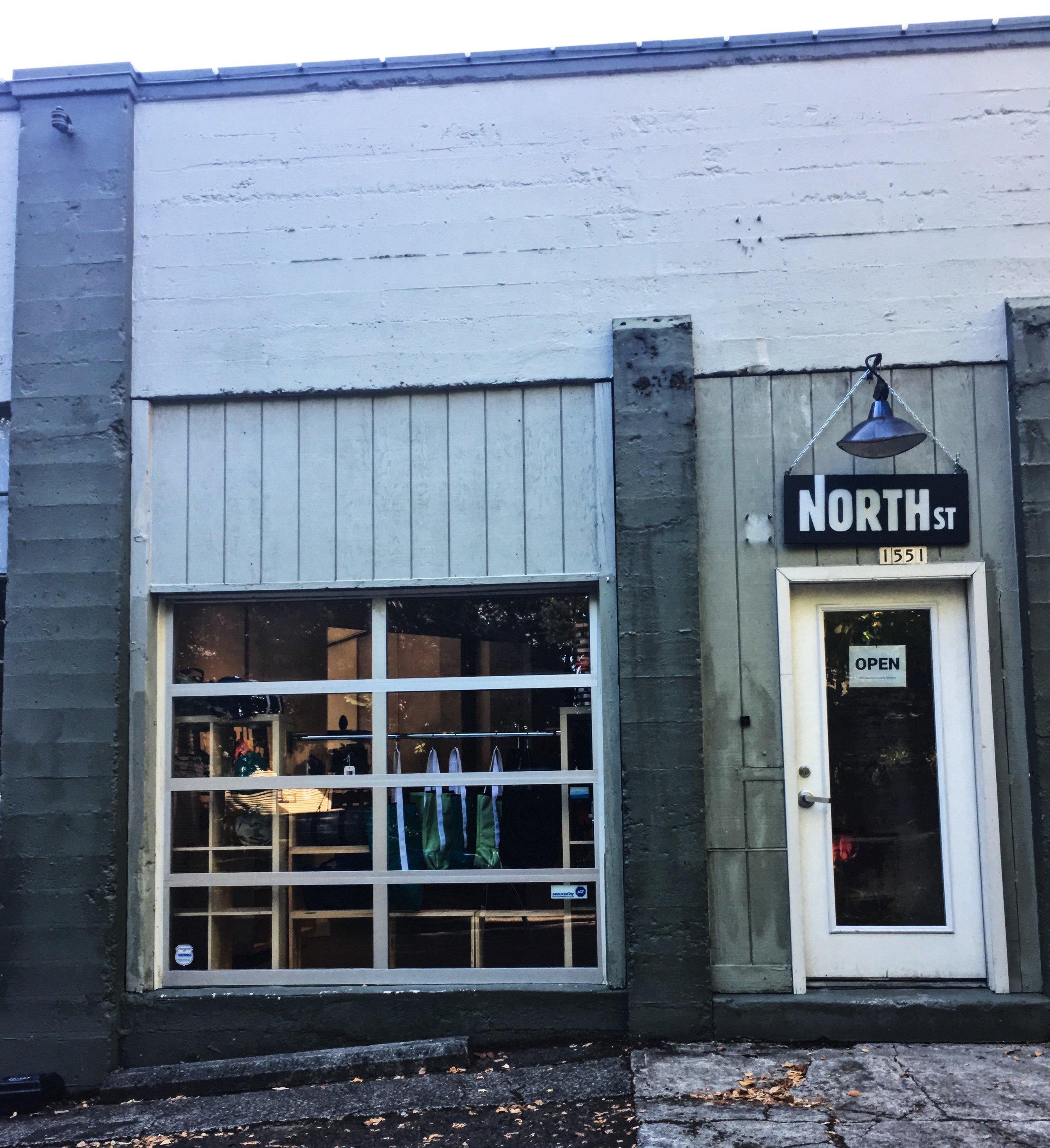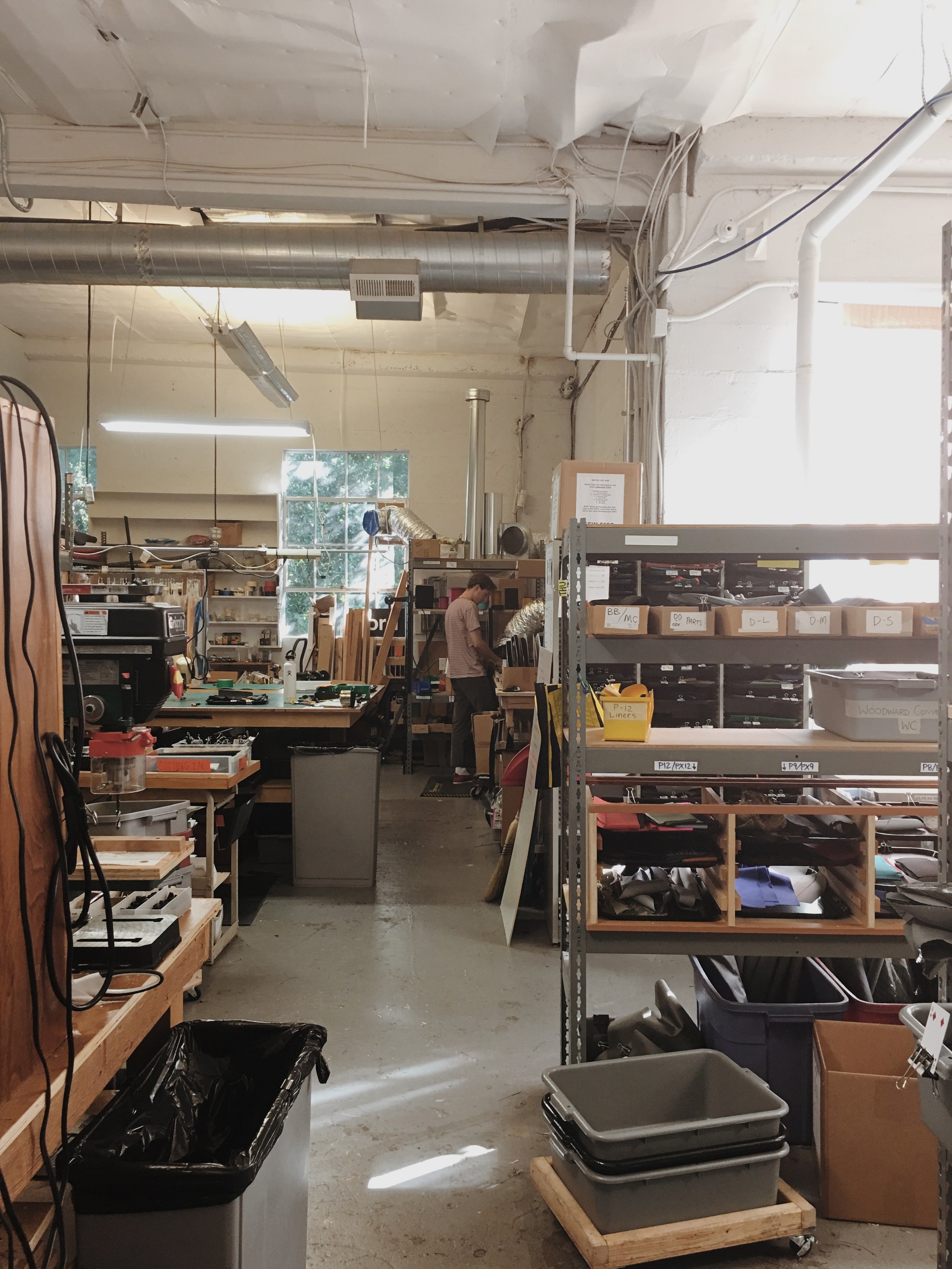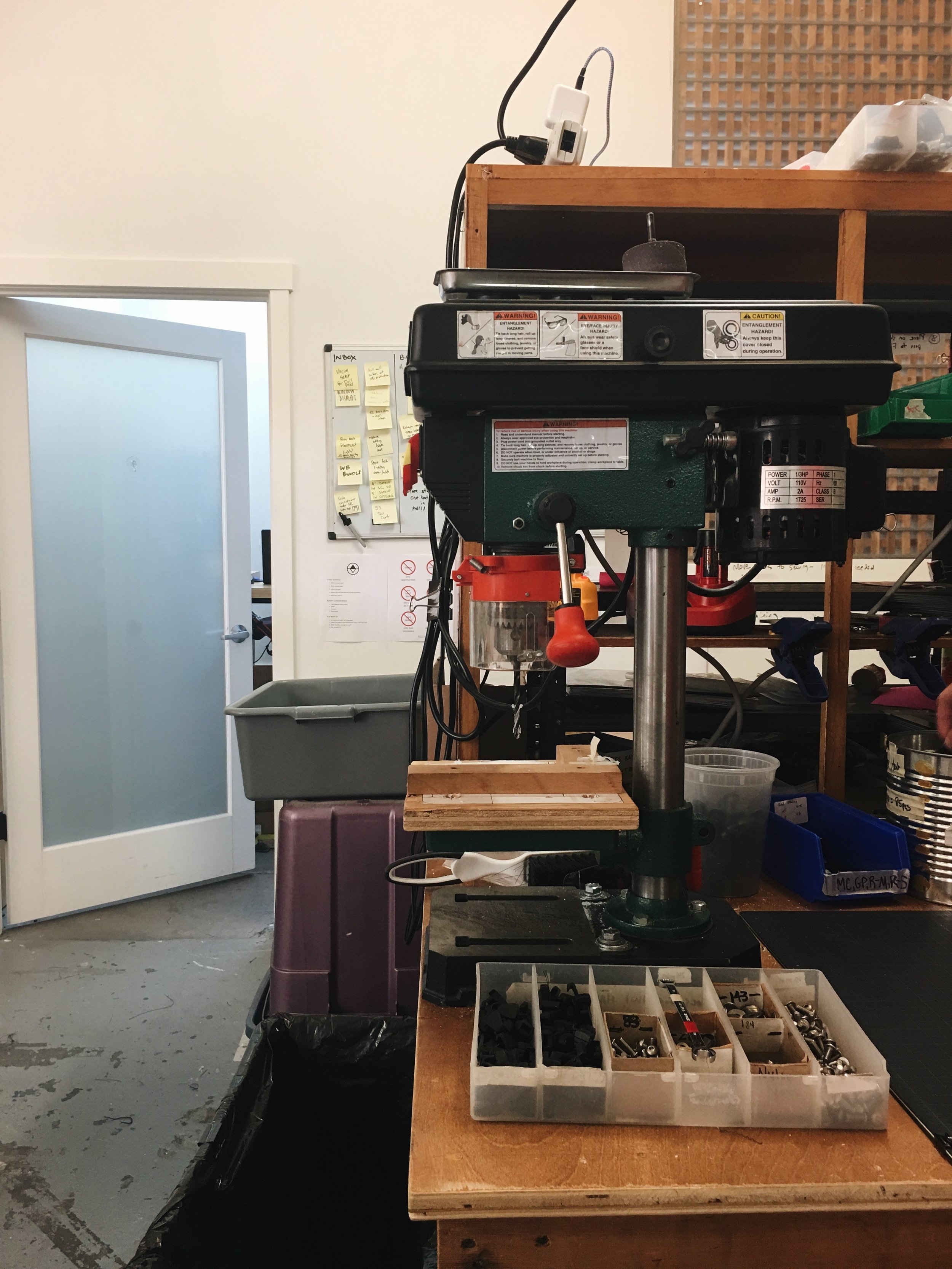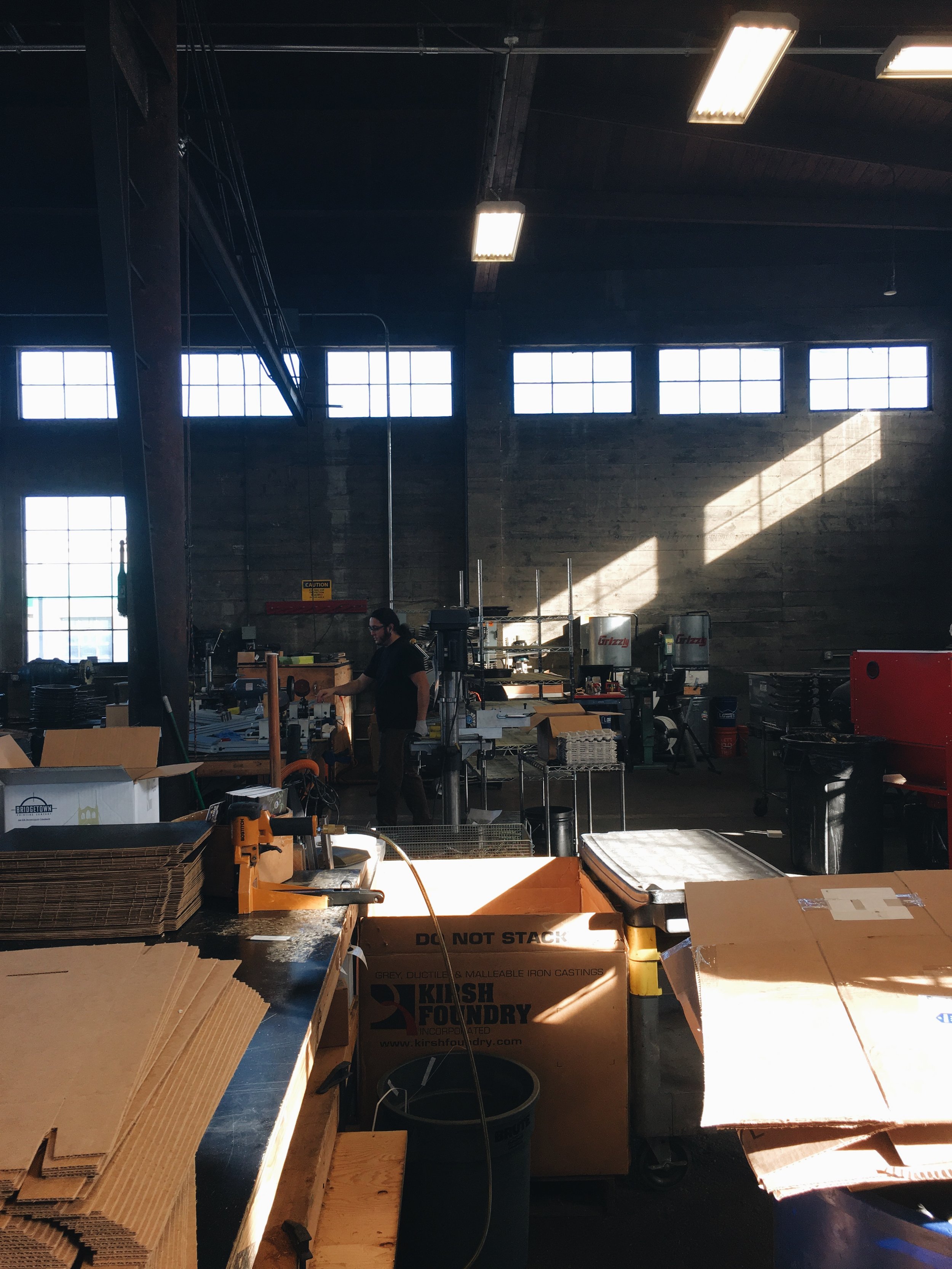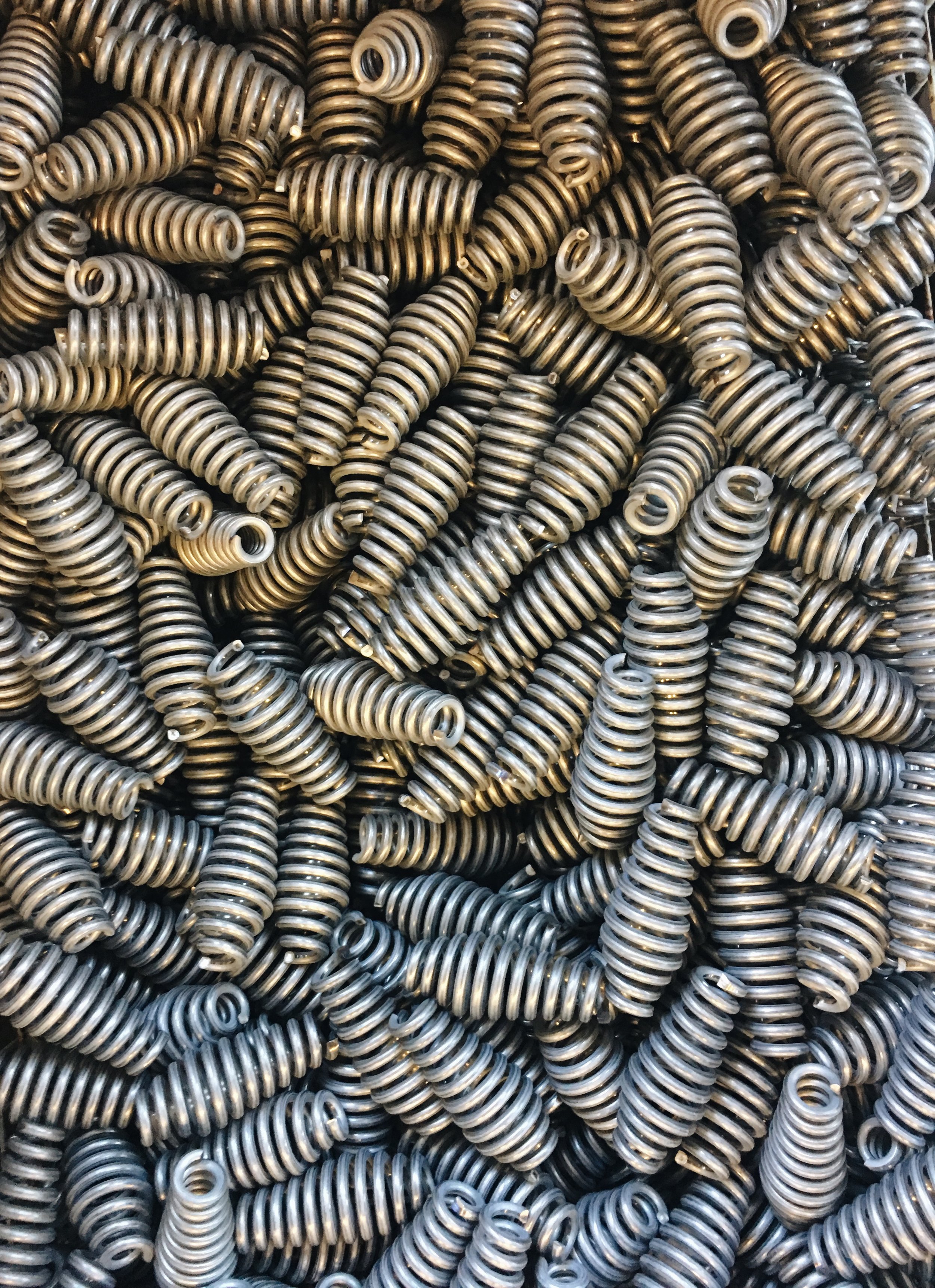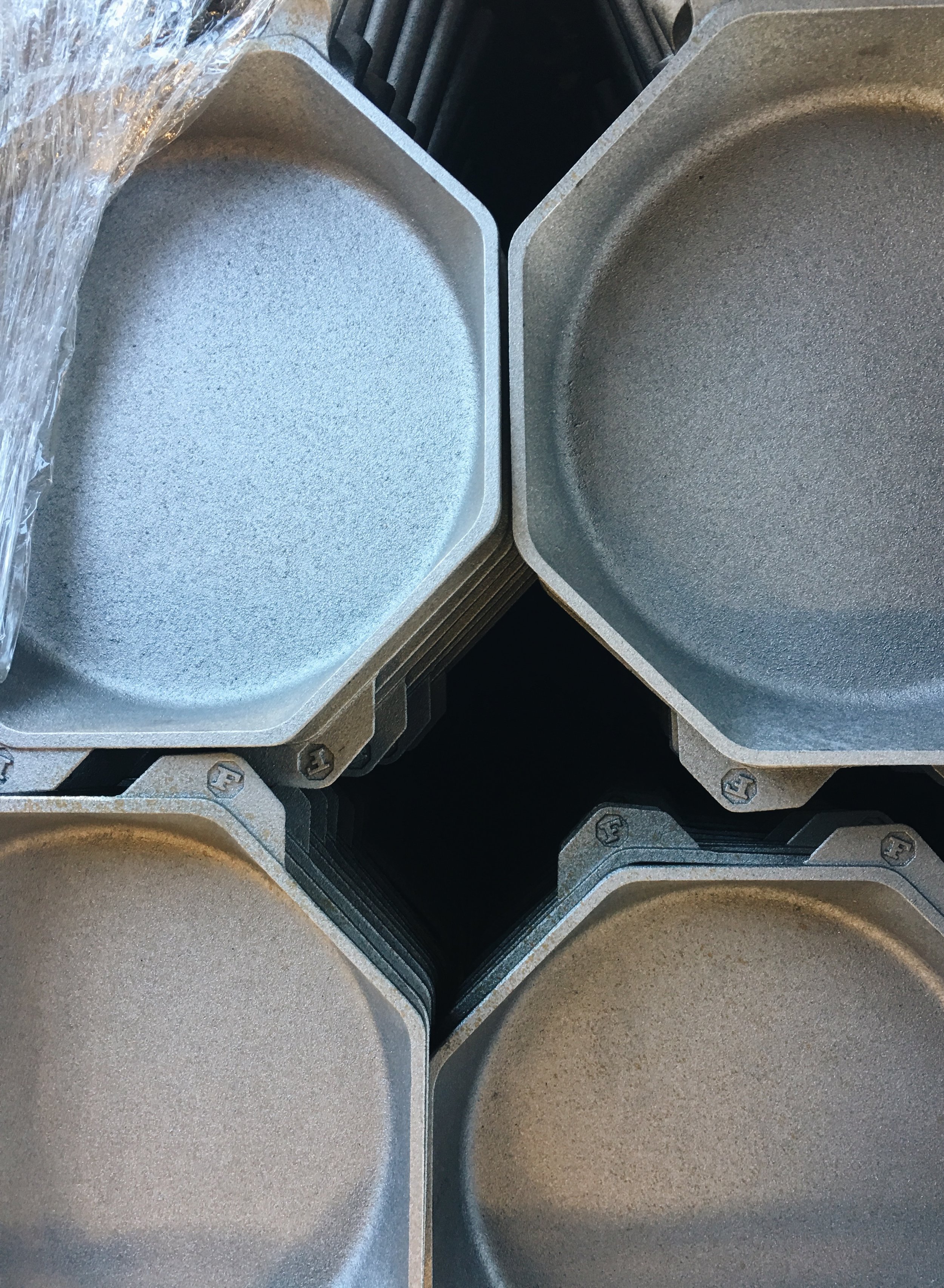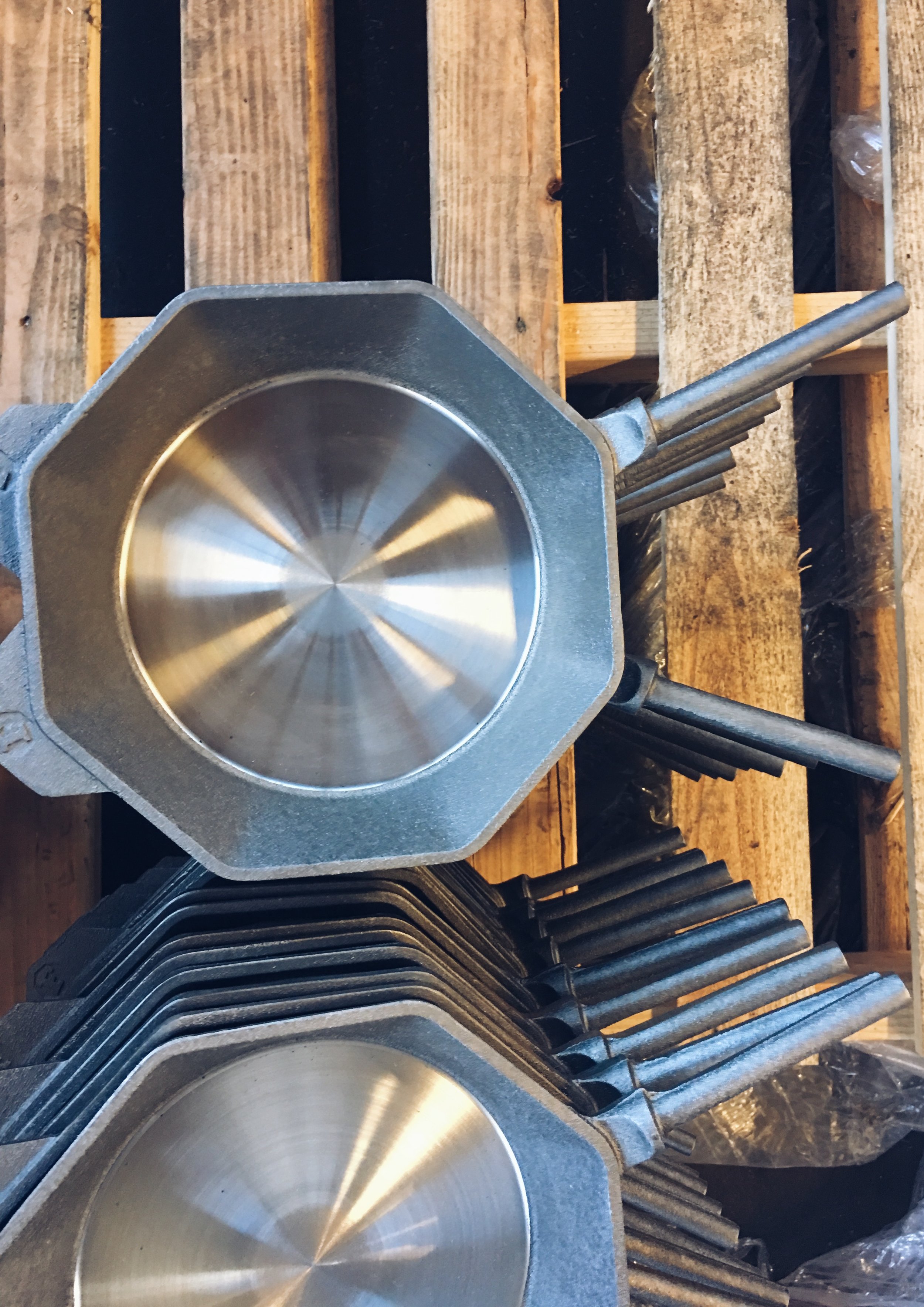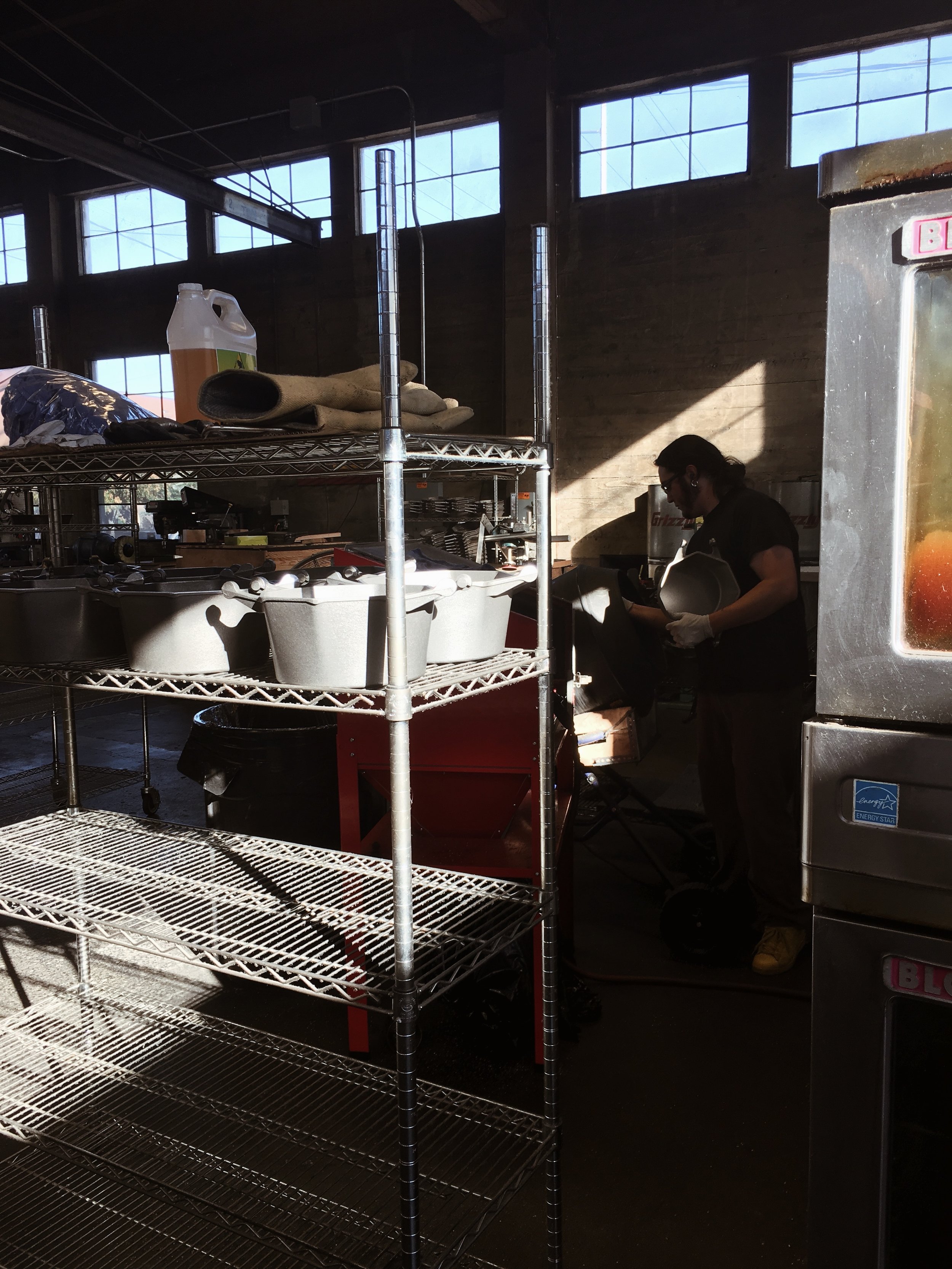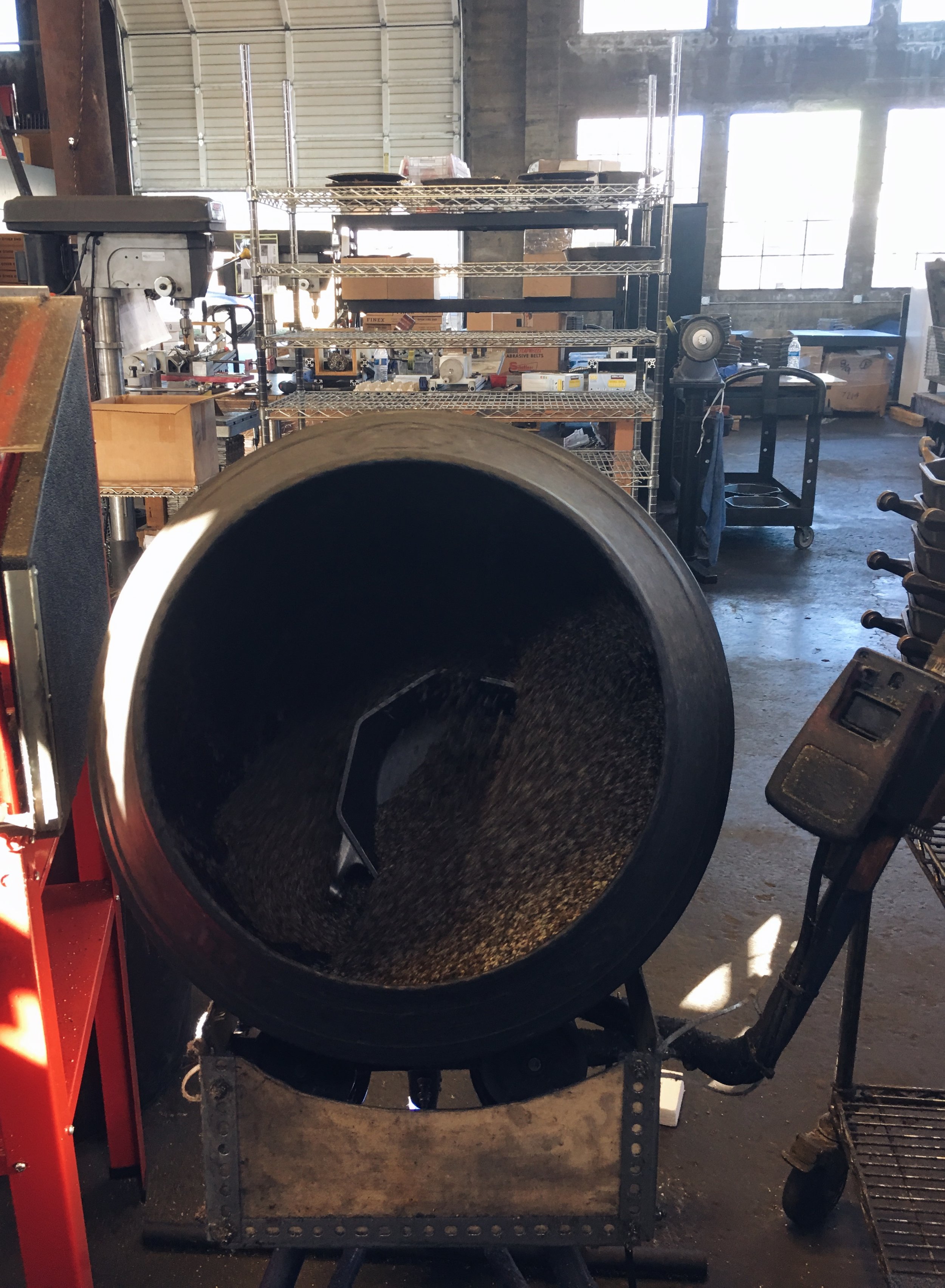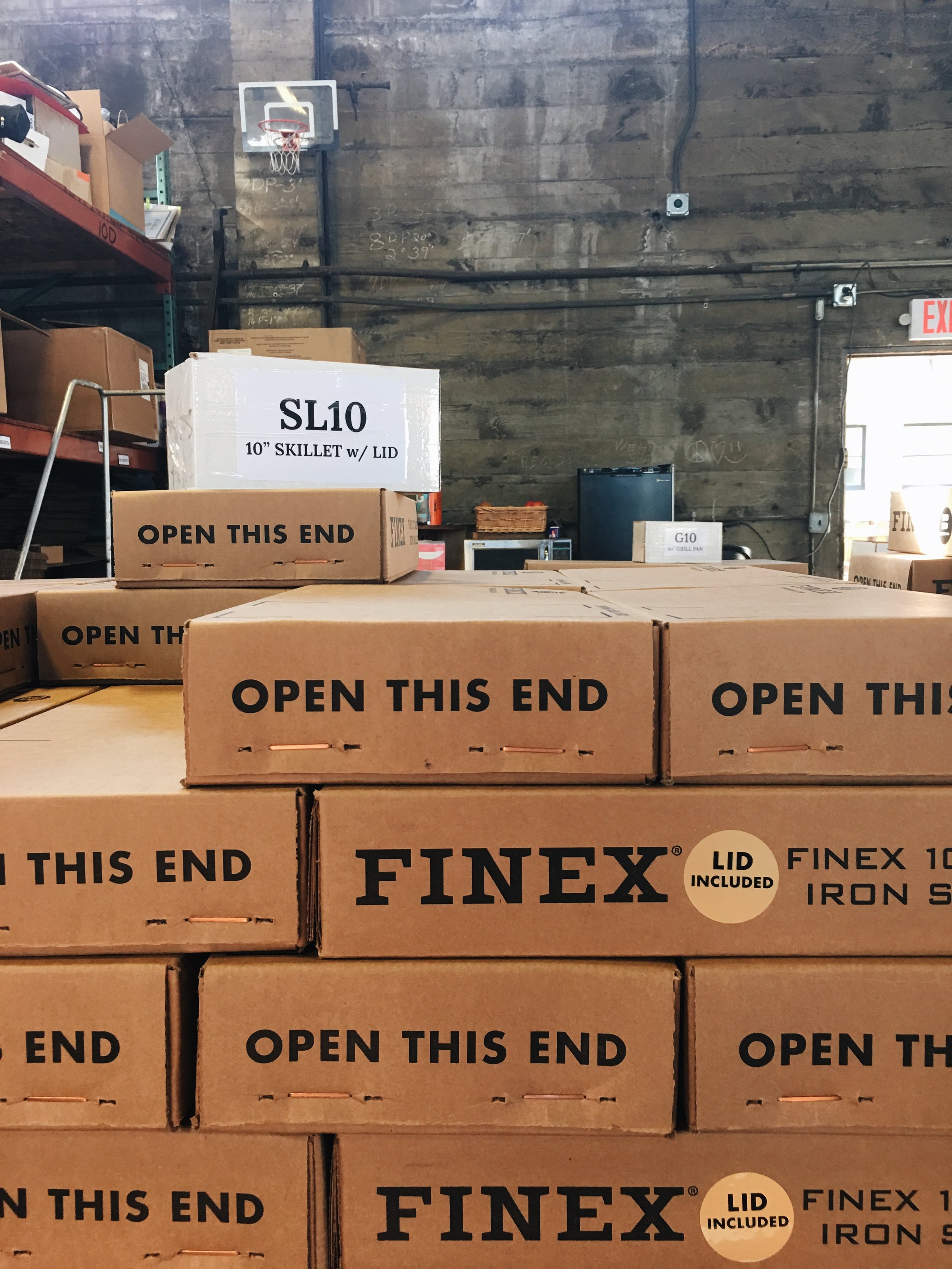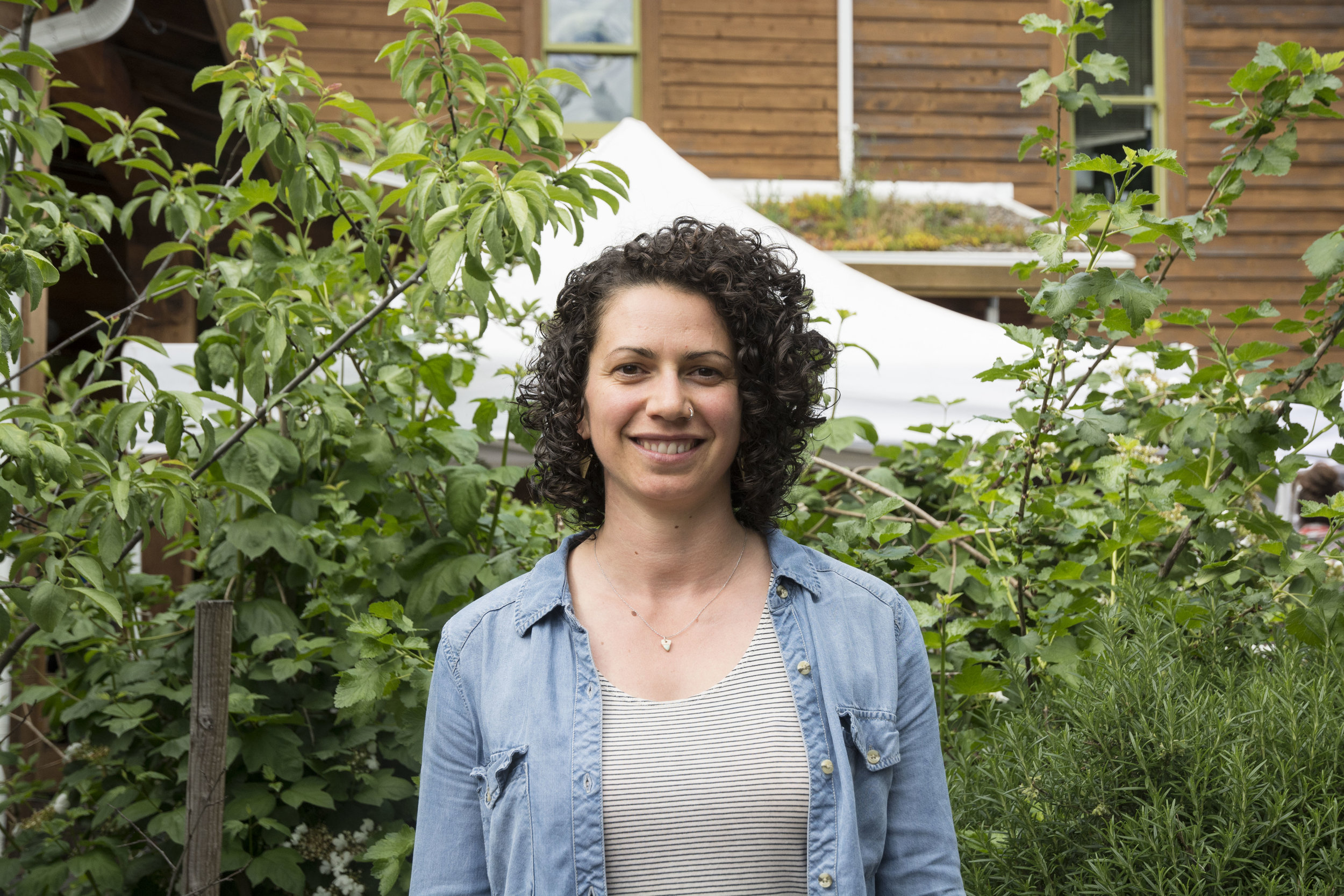A lot has changed since People’s started in 1970. We’ve changed what we sell, gone through many different forms of management, expanded our building, and adopted Ends that define our goals and aspirations toward making a better Co-op, a stronger community, and a better world. Our Ends statement, adopted in 2007, reads:
A passionate community working together for sustainability, progressive land and animal stewardship, human rights, social and economic justice.
Thriving cooperative and local economies
A safe, welcoming community where all are valued
A Democratic workplace where all workers' voices are valued
Access to healthful foods our customers can trust
Even after so much growth and change over nearly 50 years, there are (of course) many challenges our community faces today. The landscape of natural food stores is very different and much more competitive than ever before. Walmart is now the largest seller of organic food in the U.S. New grocers selling many of the same products that People’s does are popping up in our community. These stores don’t prioritize people, the planet, and animals over profits as fervently as we do, and as a result, are able to cut corners. This makes it hard for the Co-op to compete, which in turn makes it harder for us to do things like pay employees a living wage. How do we uphold our Ends while competing with large corporations? How do we expand in a way that fits into the values we’re committed to as a community – the reason why People’s exists at all? The challenges these questions present make it hard for us to move forward with a second store at this time, and the financial situation that competition has helped create make it nearly impossible.
After a thorough investigation and weighing of cost and benefits, People’s will not be moving forward with a second store in the Lents neighborhood at this time. This was not an easy decision to make, and we want to thank all of the Member-Owners and the Lents community for all that they have contributed to our investigation and otherwise helped us along this long process. We will be wrapping up the long-term planning process by fleshing out a business plan that prioritizes financial stability, both at our current location and in the long-term.
One of the options we’ll outline in that business plan is to find another opportunity to open a second store sometime in the future, maybe even in Lents. We are still holding all of the relationships we’ve made and the knowledge we’ve gained as we move forward. For now, though, it doesn’t make sense for us to pursue the particular opportunity we’ve been researching in Lents Town Center any further.
This year, we are focusing on growing and investing within our current walls. If we are going to be successful in spite of so much competition, we need to make sure that we are operating as efficiently as possible. We are addressing questions like how to prioritize work tasks, revisiting our capacity for work and taking on new roles, shifting structures to streamline processes, fixing up infrastructure in the current building, adapting our products and pricing to increase sales, and so much more. All of this we are doing with our Ends in mind and the effects changes are having on workers, our Member-Owners, our customers, and the wider community. Before we can pursue more opportunities for growth, we need to have a handle on operations at our current store.
Along with pursuing options for a second store, we are also still looking at ideas such as finding a warehouse space and a kitchen to expand our selection of prepared foods. Do you know of opportunities in these areas that People’s should look into? If so, let us know! We need everyone to help us in these next steps. We would love to hear your thoughts at planning@peoples.coop.




















